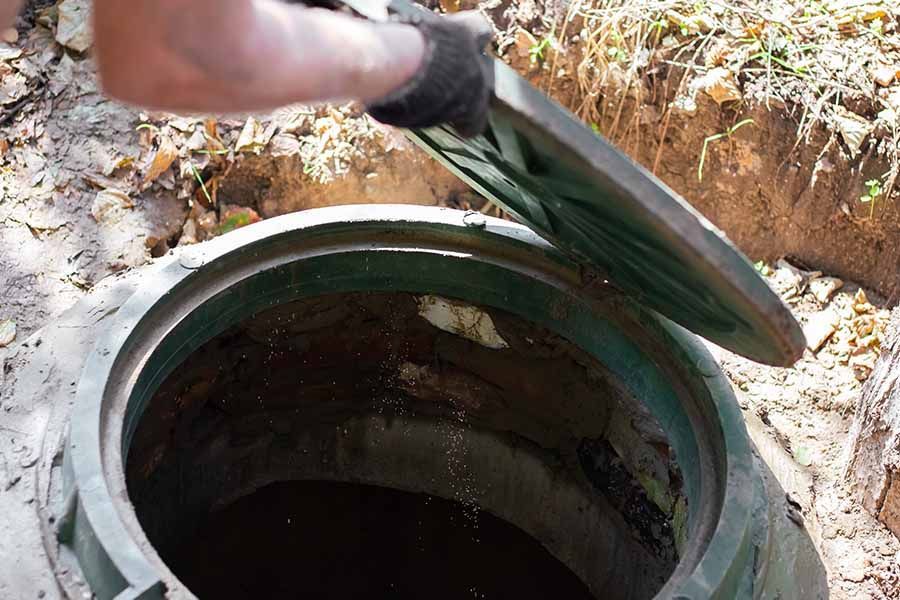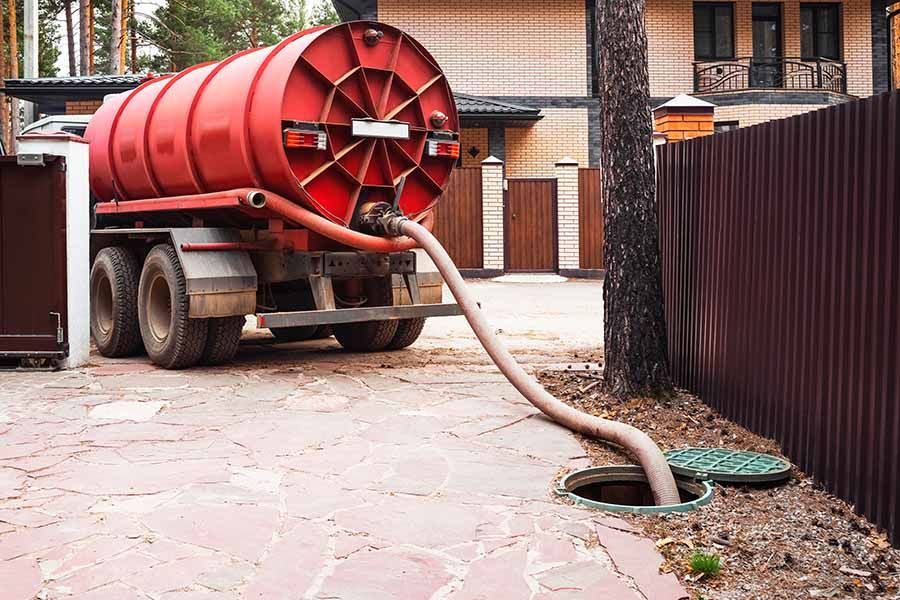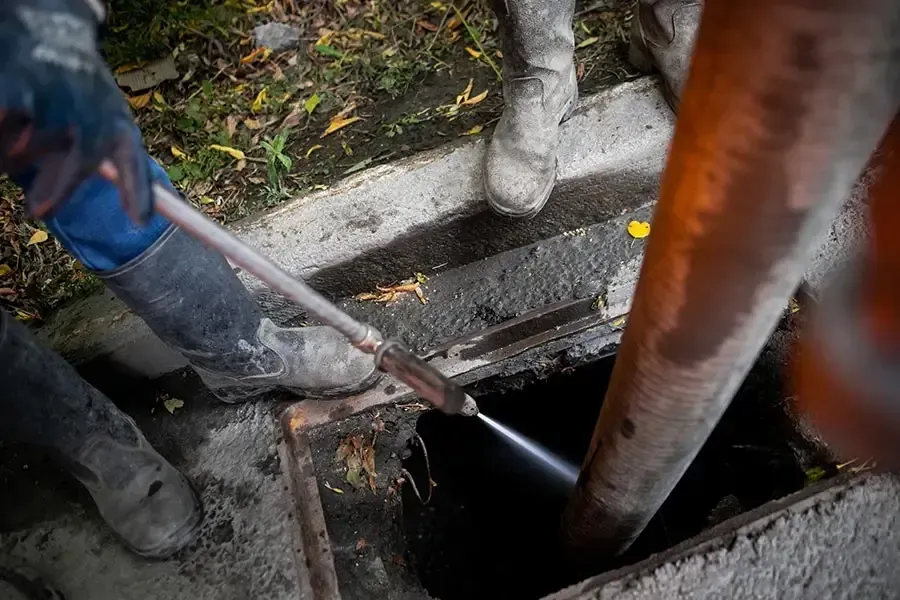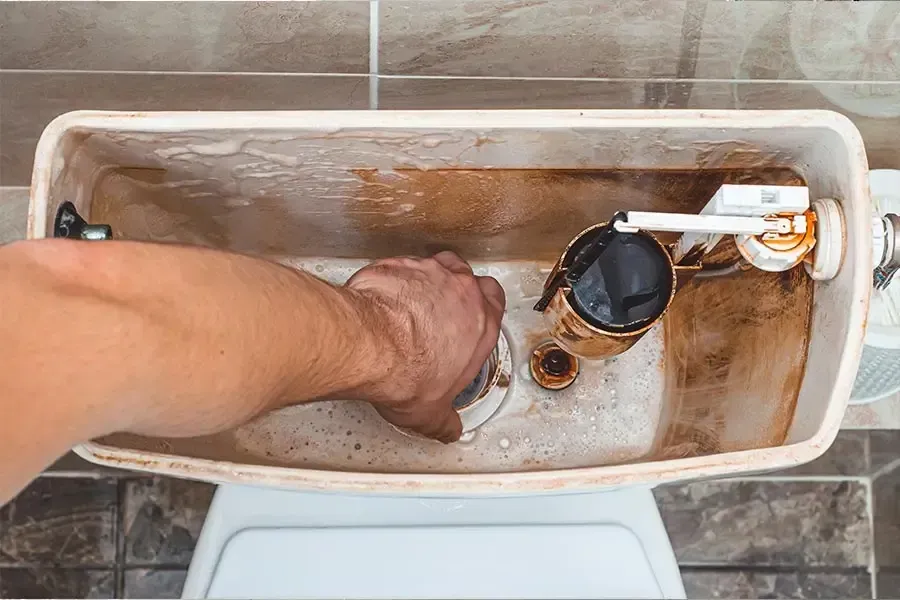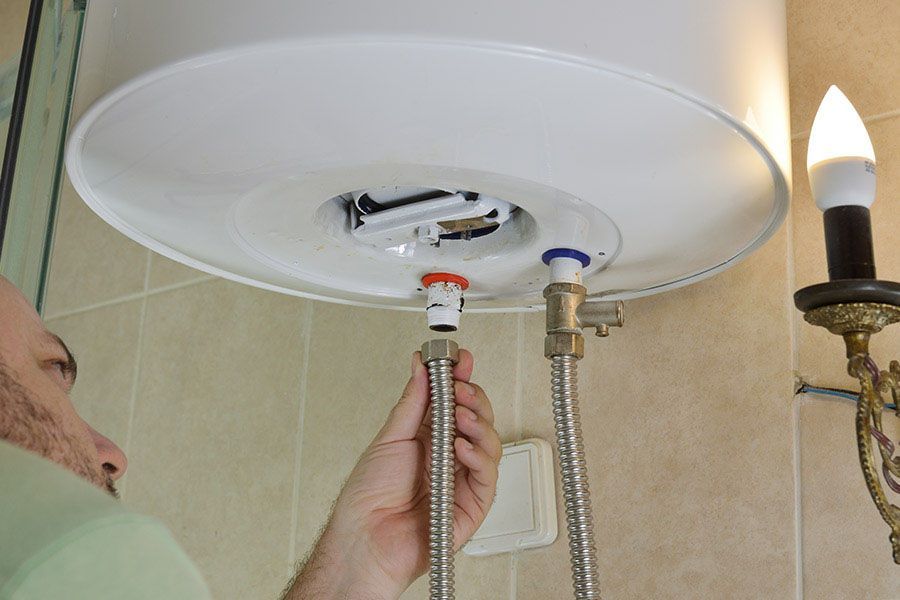Do you need professional guidance on installing a septic tank on your property? Call King’s Services at 431-532-5623 to book an appointment.
If your home is detached from municipal sewer services, you’ll need to install a septic tank to process the waste from your property. The installation process must follow the required rules and recommendations to ensure personal and public safety.
What do these rules say about the installation process? What should be the maximum distance from a toilet to a septic tank?
As the leading provider of septic tank services in Selkirk, MB, our team at King’s Services has installed numerous septic tank systems. We can tell you that no blanket maximum distance between a toilet and a septic tank exists. However, there are minimum requirements you must adhere to.
Applying these minimum requirements to your property will give you a unique maximum distance to work with. Now, should you install your septic tank at the exact maximum distance? It’s not always the right choice. We’ll go into the details below.
The Standard Recommended Distance Between a Toilet and the Septic Tank
Across the country, septic tank guidelines mandate a minimum of five to ten feet between a toilet and the septic tank and a minimum of six feet between the tank and the drain field. If the toilet is in your home, you must ensure at least 50 feet of distance between the drain field and your home.
The drain field must also be 50 feet away from any well water systems to prevent contamination.
Calculating the Maximum Distance Between Your Toilet and Septic Tank
The best way to calculate the maximum distance between your toilet and the septic tank is to draw an outline using the minimum recommendations first. Consider all stipulations in the plumbing code, including other niche local recommendations (such as distance to property lines).
After the initial calculations, you should clearly see where you can or cannot install your septic tank. If you have the wiggle room, you may install your septic tank using three or four times the stipulated distance recommendations.
However, you must ensure the system is technically feasible to support proper waste flow. Septic systems depend a great deal on gravity to move waste along.
The line from your toilet to the septic tank and the drain field must meet a minimum slope (around 1/4 inch per foot). The longer the distance, the more impractical it is to maintain the right slope.
How Distance Between Your Toilet and Septic Tank Can Affect Your Plumbing System
If you’re asking, “What should be the maximum distance from a toilet to a septic tank?” to stretch the distance as long as possible, you need to think again. Here’s how the distance will affect the overall structure of your plumbing system:
- Waste flow. Shorter distances between the septic tank and the toilet allow easier, more direct flow, while longer distances often mean slower flow and a higher risk of clogging.
- Pipe slope. It’s easier to maintain the standard pipe slope over shorter distances.
- Pipe diameter. Standard pipe diameters work well over shorter distances, but longer distances often require large-diameter pipes.
- Use of septic pumps or lift stations. Septic systems stretched over longer distances may need pumps or lift stations.
- Access point needs. Systems with a short distance between the septic tank and the toilet only need one or two access points. Longer distances require multiple access points for easier management of blockages.
The Importance of Maintaining the Proper Distance When Installing Your Septic Tank
Meeting local plumbing code requirements is not enough. You must take steps to get the perfect distance between your toilet, the septic tank, and the drain field to avoid the following:
Slow Waste Flow
If your septic tank is too far from the toilet, waste may always stop halfway to the tank, increasing the risk of clogs and backups in the sewer pipe.
If you don’t want the stress of grabbing a plumbing snake or drain pipe cleaner every few weeks, carefully consider the distance between your toilet and the septic system.
Problems With Waste Breakdown
Remember that septic systems rely on natural processes to break down solid waste. If the distance between the different parts of your septic system is too short, the waste in the system will not have enough time to undergo proper decomposition.
The result is faster sludge buildup, which may lead to sewage leaks when you least expect it. You’ll end up pumping your septic tank every few months just to maintain sanitary conditions.
Risk of Contamination and Environmental Damage
Improper distancing between the various components of your septic system can put groundwater and nearby surface water bodies at risk of contamination.
Other Factors to Consider During the Septic System Installation Process
The distance between the toilet and the septic system isn’t the only factor to consider when installing a septic system. You must also consider details such as:
- Soil type. Different soils have different levels of permeability. You must ensure your system supports the surrounding soil’s water flow rate.
- Water table level. You don’t want to install your septic system too close to the groundwater level. Otherwise, groundwater can enter the system and make waste drainage more difficult.
- Tank size. Smaller tanks mean you can’t afford to make mistakes that may hamper the drain field’s efficiency.
Call King’s Services for Personalized Guidance on Your Septic Pump Installation
As you’ve seen above, there’s no specific answer to the question, “What should be the maximum distance from a toilet to a septic tank?” The numbers will look different for every property.
The best way to ensure you make the right choices is to work with a company experienced in installing different types of septic systems, like our team at King’s Services. We’ll evaluate your property and provide recommendations that tick all the right boxes and meet local plumbing codes.
Are you ready to book a consultation? Call King’s Services in Headingley, Manitoba, today at
431-532-5623 to get started.
